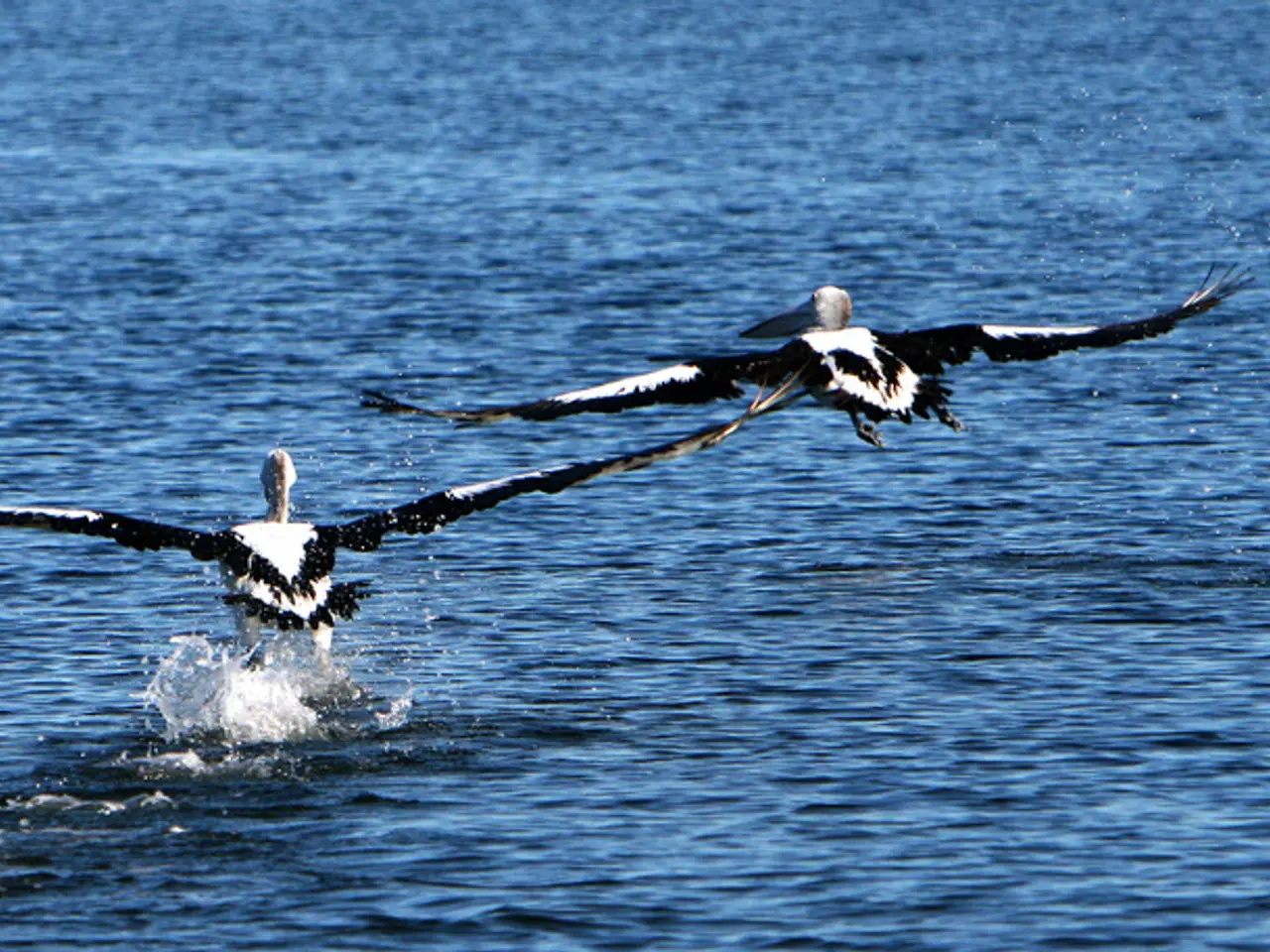Hummingbird Migration: Unveiling the Fascinating Adventure of These Incredible Creatures
In the colder months, hummingbirds embark on incredible journeys to escape the chill and find abundant food sources. Contrary to popular belief, these tiny birds do not hitch rides on other birds during migration. Instead, each bird flies on its own, guided by an internal compass.
Hummingbirds primarily migrate to southern Mexico, Guatemala, Costa Rica, Panama, and the northern parts of South America during winter. Some of their common destinations include southern parts of the United States, such as Florida, Louisiana, Texas, California, and Arizona, as well as western Mexico and Central America, including Costa Rica, Guatemala, and parts of Mexico’s highlands.
Different species have varying migration patterns and wintering areas. For instance, Ruby-throated hummingbirds, common in the eastern U.S., often migrate south in August and September, stopping in southern states like Florida, Louisiana, and Texas, or flying further to Central America as far as Costa Rica. Black-chinned hummingbirds tend to overwinter in sunnier locations such as California, Arizona, and western Mexico. Rufous hummingbirds travel long distances from Alaska to Mexico and Central America, covering thousands of miles. Broad-tailed hummingbirds winter in the highlands of Mexico south to Guatemala, while Allen’s hummingbirds, native to Southern California, migrate to Mexico for winter but may return as early as January. Anna’s hummingbirds are an exception to typical migration, as many remain year-round on the West Coast, including Alaska and western Canada, due to their ability to survive milder winters.
Hummingbird migration is a mix of instinct, timing, and stamina, with birds relying on environmental cues such as daylight, food availability, and internal biological rhythms. The nonstop flight across the Gulf of Mexico, which is over 500 miles wide, takes the birds about 18 - 22 hours to cross without stopping for rest or food.
Hummingbird lovers can support these creatures by keeping feeders full with sugar-water (4:1), scrubbing feeders every few days to prevent mold and bacteria, planting native flowers, avoiding pesticides, leaving feeders out longer, providing water and shelter, and incorporating shrubs and trees for safe refuge from predators. By doing so, we can help these fascinating birds make it through their incredible migrations and continue to delight us with their beauty and agility.
References:
[1] National Audubon Society. (n.d.). Hummingbirds. Retrieved from https://www.audubon.org/field-guide/bird/hummingbirds
[2] Cornell Lab of Ornithology. (n.d.). Hummingbirds. Retrieved from https://www.allaboutbirds.org/guide/Hummingbirds/overview
[3] Smithsonian Migratory Bird Center. (n.d.). Hummingbirds. Retrieved from https://www.si.edu/spotlights/hummingbirds
[4] Hummingbird Society. (n.d.). Migration. Retrieved from https://www.hummingbirdsociety.org/migration
[5] The Hummingbird Foundation. (n.d.). Migration. Retrieved from https://www.hummingbirdfoundation.org/migration
- Hummingbird species, such as Ruby-throated, Black-chinned, Rufous, Broad-tailed, Allen's, and Anna's hummingbirds, follow various migration patterns, with different wintering locations.
- The migration of hummingbirds, including species like Ruby-throated and Black-chinned, is influenced by factors like daylight, food availability, and internal biological rhythms.
- Some hummingbird lovers advocate for actions such as maintaining full feeders with sugar-water, regular feeder cleaning, and planting native flowers to aid hummingbirds during their migration and help them thrive.
- As the world of hummingbirds encompasses not just their lifestyle and migration but also their conservation, general news and politics could potentially involve legislative efforts aimed at protecting these birds and their habitats.








